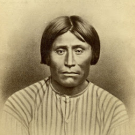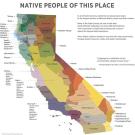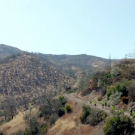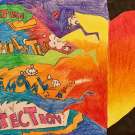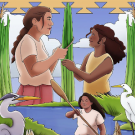W.6.8,
SL.8.1,
HSS 8.8,
HSS 8.8.2,
HSS 8.8.5,
MS-LS2-2,
MS-LS2-4,
MS-LS2-5
This lesson explores the significance of the tule plant in both cultural and contemporary contexts. Tule is an important plant in California, known by various names depending on the land and people associated with it. In the Central Valley, the most common species are Schoenoplectus acutus (Common Tule) and Schoenoplectus californicus (California Bulrush). The name "tule" is derived from the Spanish settlers who adopted the Nahuatl term "tōllin," used by Indigenous people in Mexico City, to refer to the plant they encountered in California.
Tule grows in wetland environments such as ponds, lakes, marshes, and along shorelines of rivers, estuaries, and coastal areas. Historically, tule thrived across California, particularly in freshwater habitats. However, due to colonization, much of its habitat has been reduced by water diversions, drought, and development. As a result, tule is now primarily found in protected areas like state and federal parks, although California Indians face restrictions on gathering it in these locations.
Before European settlement, tule was central to the culture and economy of California Indian tribes. It was used in a variety of ways, including for ceremonial purposes, transportation, hunting, and food preparation. Tule’s versatility allowed it to be woven into baskets, mats, clothing, and shelters. Many tribes, such as the Kumeyaay, crafted tule boats for hunting whales, while others used tule decoys for waterfowl hunting or wore tule skirts during ceremonies. The traditional harvesting and use of tule were guided by Indigenous practices, and multiple tribes often shared wetlands, managing them through tribal laws.
Despite the challenges faced by tule due to colonization, it continues to be an essential plant in the cultural practices of California Indians, with its legacy preserved through modern generations.
